From champions of the Counter-Reformation to global suppression, the Jesuit order’s rise and fall is a tale of faith, influence, and intrigue.
Discover the history behind one of the most powerful orders of the Catholic Church – the Society of Jesus.
The Society of Jesus, commonly known as the Jesuits, was founded in 1534 by St Ignatius of Loyola, a Basque nobleman and former soldier from northern Spain.
Ignatius experienced a profound spiritual transformation while recovering from a battle wound, inspiring him to redirect his martial prowess to the service of Jesus Christ.
During this period, Ignatius developed the Spiritual Exercises, a structured guide for prayer and meditation aimed at fostering a deeper relationship with God and understanding His will – all within the context of spiritual warfare.
In the years following, Ignatius attracted a small following of young men who desired to dedicate their lives to his militant spirituality.
In 1540, Ignatius and his companions took vows of poverty, chastity, and obedience to the Papacy, and were officially recognised as a religious order in Pope Paul III’s bull, Regimini Militantis Ecclesiae.
This papal endorsement established a direct and unique link between the Jesuit order and the Holy See, emphasising their role as papal instruments for evangelisation and the militant defence of the faith in the Counter-Reformation.
The mission of the Jesuit order is reflected in their famous motto, “Ad Maiorem Dei Gloriam” (For the Greater Glory of God).
The Jesuits were designed to be highly mobile and adaptable, able to be deployed as vanguards of the Church under the sole command of the Holy See.
Their formation and structure enabled the Jesuits to assume any papal mission which included education, pastoral work, and evangelisation in challenging environments across the Europe and New Worlds.
As part of their spiritual formation, Jesuits were subjected to an extensive period of moral, spiritual and intellectual formation, typically lasting around 10 years.
This rigorous preparation allowed the Jesuits to engage in complex theological, philosophical, and legal issues, making them invaluable spiritual assets in establishing institutions of higher learning and combatting heresies during the Counter-Reformation.
However, the Jesuits’ success also led to controversy.
They faced opposition from other religious orders who accused the Jesuits of corrupting the disciplines and beliefs of Catholicism in their evangelical missions in the East.
For example, the Jesuits’ method of integrating elements from local cultures was believed by some to be almost syncretistic, and the development of what became known as the ‘Chinese Rite’ sparked significant criticism from rivals in the Church.
Meanwhile, in Europe, the Jesuits faced increasing hostility from monarchs who viewed the order as an obstacle in their ultimate desire weaken the Catholic Church influence and centralise power.
Many European monarchs also became envious of the Jesuit’s immense wealth, power, and influence, and wanted to seize it for themselves. This became fertile ground for many conspiracies – both real and imagined.
In Portugal, the Jesuits were implicated in an assassination attempt on the king, leading to their expulsion in 1759, and Spain followed suit in 1767, with King Carlos III ordering the secret and sudden expulsion of all Jesuits from Spanish territories.
The Jesuits also faced criticism from Jansenists, Gallicans, Febronians, and Enlightenment thinkers. These believed that based on the effectiveness of their preaching, the Jesuits would essentially overthrow not only the Enlightenment but their governments if left unchecked.
Eventually, their many secular enemies and ecclesiastical rivals joined forces, and using these controversies and conspiracies as a pretext, brought about the infamous suppression of the Jesuits.
In 1773, Pope Clement XIV issued the papal brief Dominus ac Redemptor, officially suppressing the Jesuit order worldwide.
He wrote, “Often the popes, his predecessors, have made use of their supreme authority for reforming, and even dissolving, religious orders which had become harmful and disturbed the peace of the nations rather than promoted it”, and as a result, “We divest them of their houses, schools, colleges, hospitals, farms, and any other property in any province or dominion where they may exist”.
Historians such as Warren H. Carroll, Fr. Charles Poulet, and Fr. Reuben Parsons maintains that Pope Clement XIV’s decision to suppress the Jesuit order was motivated by a desire to prevent greater evils, primarily, the further fracturing of Western Christendom.
As a result of the suppression order, the Jesuits were forcibly removed from their institutions and territories across Catholic empires in both Europe and the New World. The Jesuits’ extensive network of schools, colleges, missions, and other properties were either permanently closed, transferred to other religious orders, or given to state.
Many Jesuits were deported to the Papal States in Italy or confined to Islands where they could be monitored or forced to endure voyages that led to mass deaths. In other places such as Naples, Jesuits were threatened with execution if they returned to their territories.
Jesuits were forced to either become diocesan priests, transfer orders, or be laicised.
But despite the suppression, the Jesuits did not disappear entirely. They continued underground operations in China, Russia, Prussia, and the United States of America.
Eventually, the suppression of the Jesuits was lifted in 1814 by Pope Pius VII in Sollicitudo Omnium Ecclesiarum. He believed that the order was necessary to rebuild a fractured Europe after the Napoleonic wars.
As the Jesuits’ numbers and influence began to grow, secular and ecclesiastical figures remained suspicious of the order, and they were again the subjects of criticism and conspiracy.
In South America, the Jesuits were associated with Liberation Theology, a movement that aimed to harmonise Christian theology with Marxism.
Critics argued that some Jesuits supported and even inspired revolutionary uprisings in South America – which continues to be a point of tension and scandal within the Catholic Church.
In North America, the Jesuits became prominent in Catholic intellectual life, founding prestigious universities.
While praised for their rigorous academics and commitment to promoting Catholic Social Teaching, many contend that Jesuit institutions compromised traditional Catholic teachings in order to align with secular academic values, prioritising intellectual prestige over doctrinal integrity, to ultimately gain political prestige.
The rise and fall of the Society of Jesus remains one of the most captivating topics, and unfortunately, they continue to be the subject criticism and conspiracy.
Many suggest that the Jesuits have been so ferociously attacked – and potentially infiltrated – in an ultimate attempt by the enemies of the Catholic Church to destroy the most powerful religious order in history.






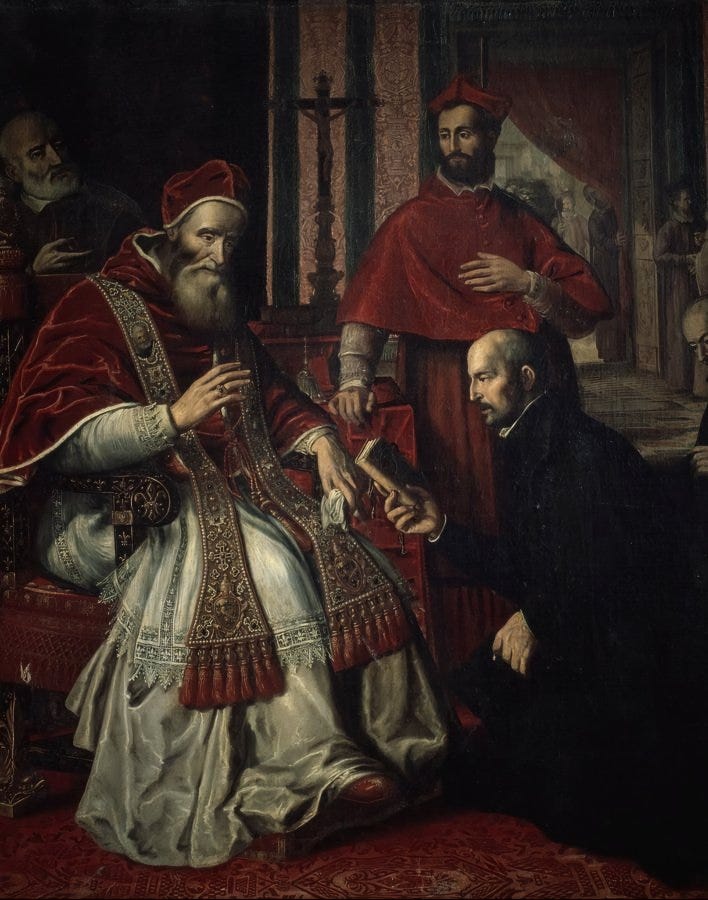
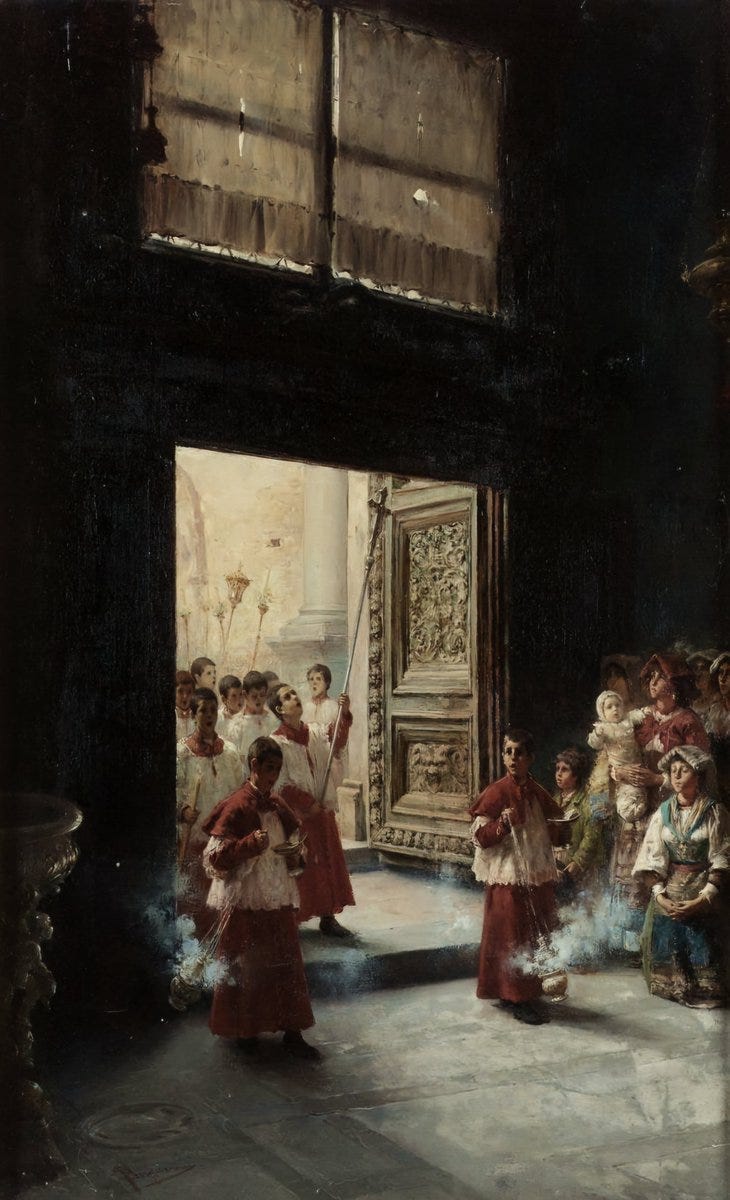
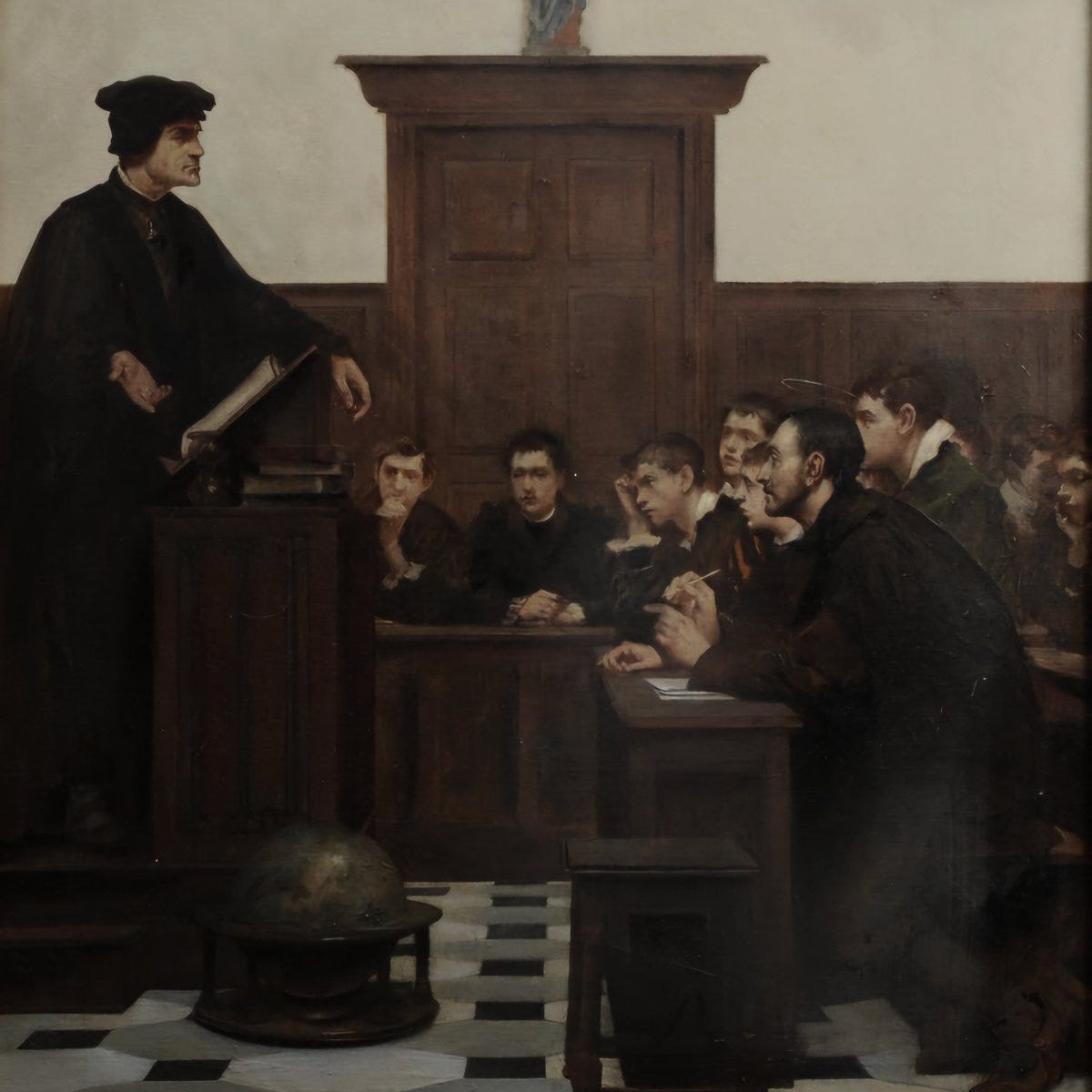

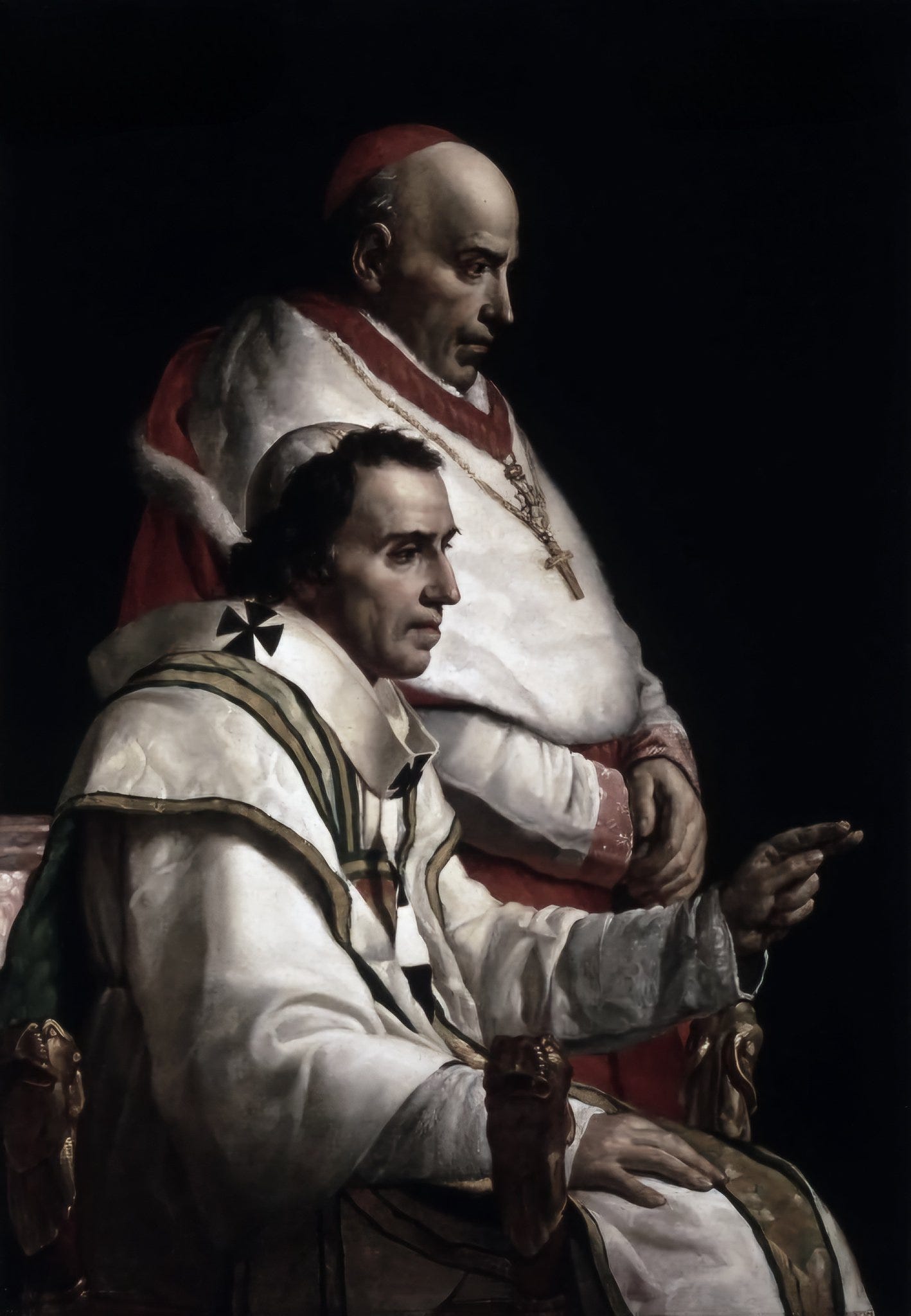


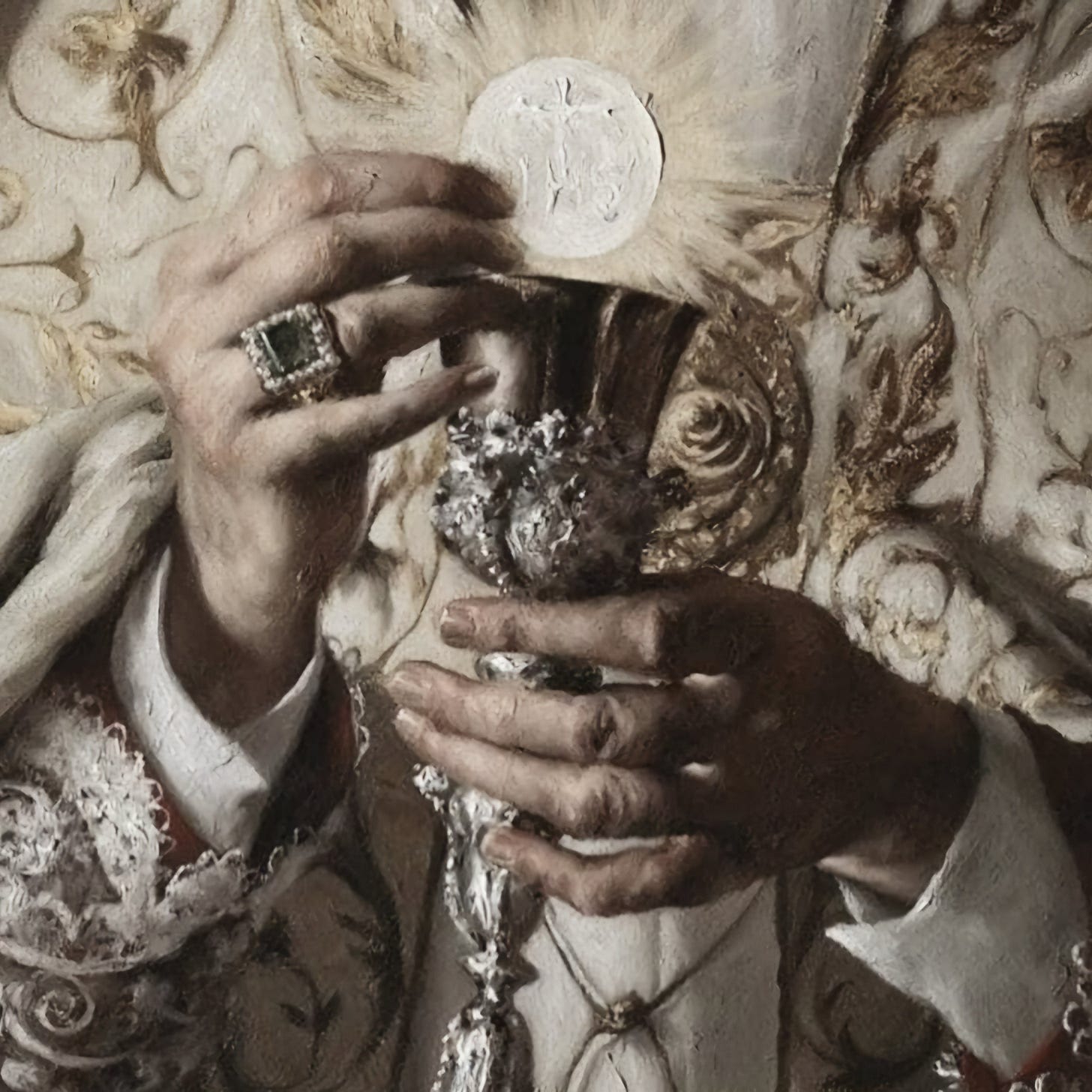
It's very well written, thanks. Just one thing, where Jesuits converted peasants they also left them defenceless intelectually - illiterate peoples relied on imagery which made concealing their conversion impossible, and tactically in a broader sense, like inbility to defend themselves as all they had done was working the land. So, in the 16th century Japan Jesuits converted whole villages which then were butchered on the order of the authorities for refusing to convert back to buddhism. Today's Japanese countryside isn't empty because people moved to the city or low birth rates. It's because they were executed. This extermination continued for three centuries.